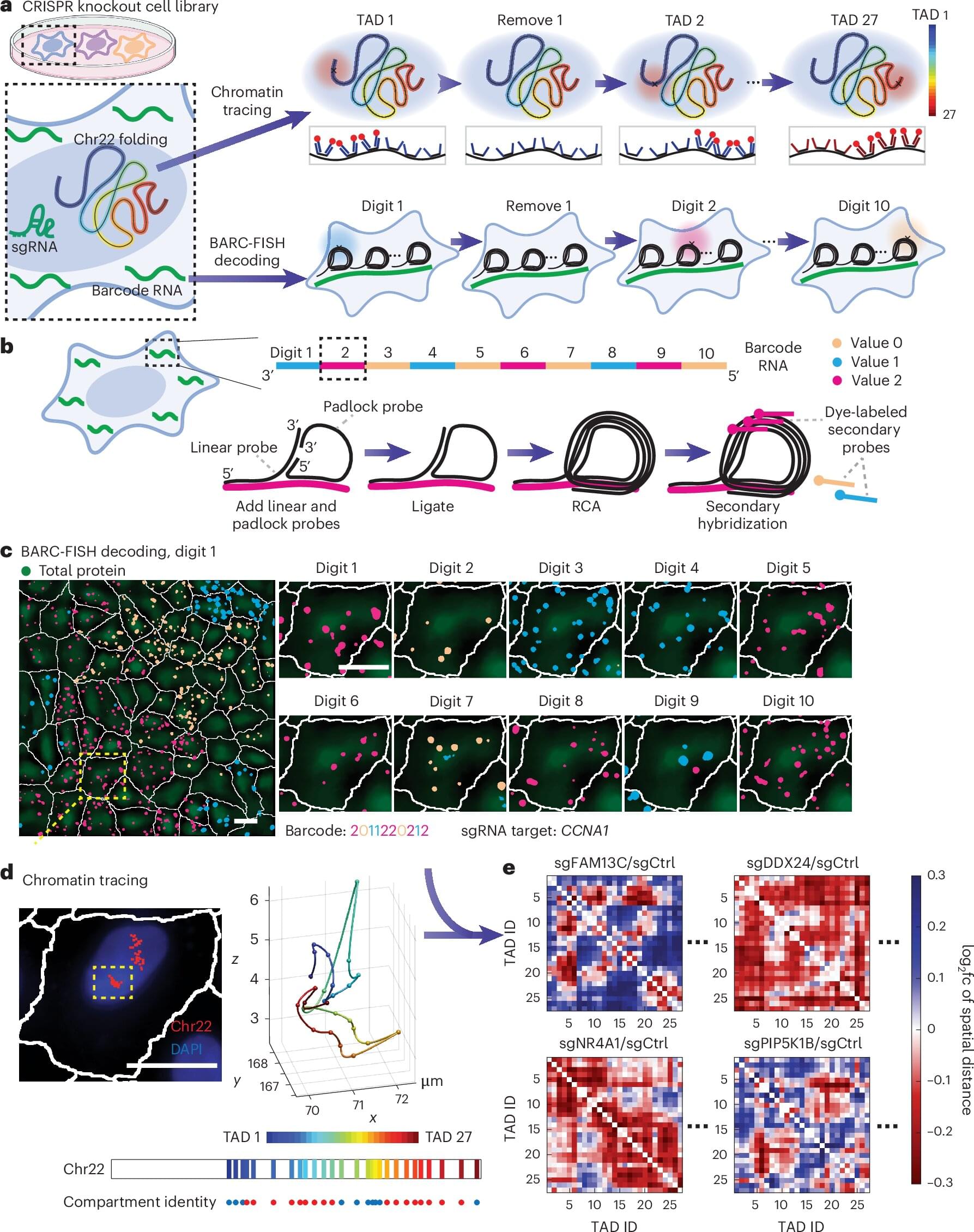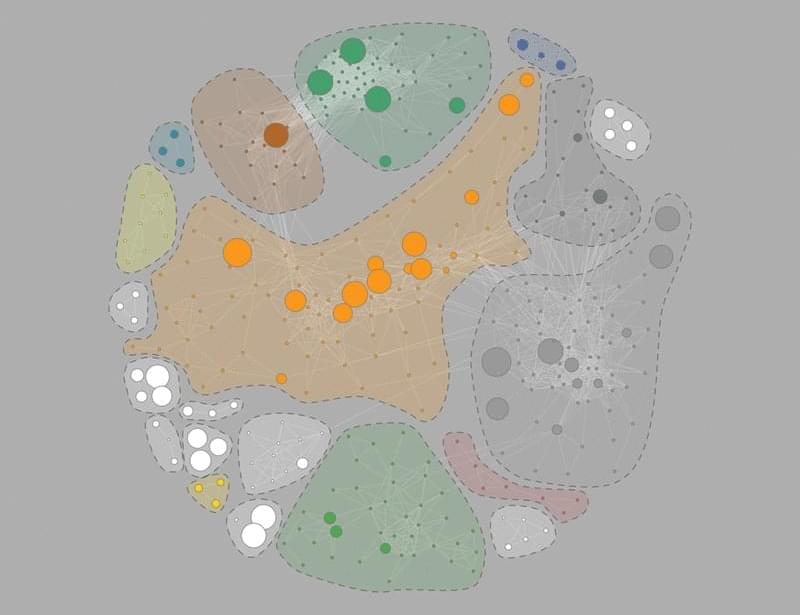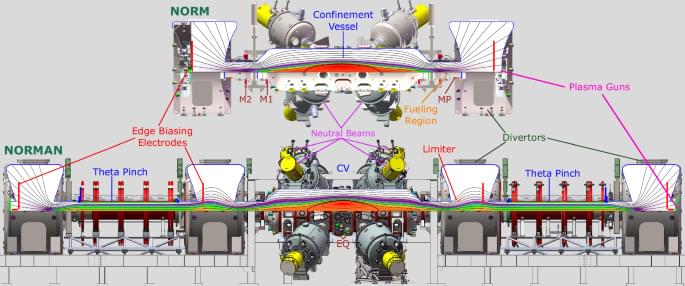Researchers have created a new ultra-hard alloy that can survive insane temperatures. Here’s what we know about it so far.
Most cells in the human body each contain about six feet of DNA. Yet the nucleus, where DNA is coiled, is no larger than a single speck of dust. Despite its density, DNA is not a tangled ball of yarn. It is organized into intricate layers of loops that fold and unfold in response to cues from the cell.
Scientists know that the three-dimensional shape of DNA is important. This long helical thread is peppered with genes that are translated into proteins to drive cellular activity. And the structure of the genome —those layers of loops—determines which genes are active at any given time.
How the three-dimensional structure of the genome is maintained, however, is less clear. Structural changes and abnormalities are associated with many diseases, such as cancer and developmental disorders. Identifying what controls genome structure could yield targets for treatment.
Who knew that magnetic fields could be so useful?
Astronomers are able to use magnetic fields to map our environment within the Milky Way using a technique called Faraday rotation.
It works like this. There’s a bunch of dust – literal dust grains – floating within the galaxy.
The Big Bang likely brought our universe into existence. What will mark its grand finale? Scientists blend imagination and data to make predictions.
The transcription factor Foxo1 has context-specific roles in the regulation of intestinal TRM cells.
CD36 is identified as the membrane receptor for cellular uptake of PROTACs and other eRo5/bRo5 molecules. A chemical endocytic medicinal chemistry strategy to enhance the binding of PROTACs to CD36 improved the uptake and potency of PROTACs without sacrificing solubility or stability. This strategy could improve the bioavailability and potency of diverse endocytic drugs.
The WHO Bacterial Priority Pathogens List 2024: a prioritisation study to guide research, development, and public health strategies against antimicrobial resistance
Posted in biotech/medical, health | Leave a Comment on The WHO Bacterial Priority Pathogens List 2024: a prioritisation study to guide research, development, and public health strategies against antimicrobial resistance
The 2024 WHO BPPL is a key tool for prioritising research and development investments and informing global public health policies to combat AMR. Gram-negative bacteria and rifampicin-resistant M tuberculosis remain critical priority pathogens, underscoring their persistent threat and the limitations of the current antibacterial pipeline. Focused efforts and sustained investments in novel antibacterials are needed to address AMR priority pathogens, which include high-burden antibiotic-resistant bacteria such as Salmonella and Shigella spp, N gonorrhoeae, and S aureus.
The field-reversal configuration (FRC) represents a fusion device concept capable of high power density with a compact geometry. Here, the authors report on the generation and sustainment of a FRC by means of neutral beam injection in the C-2W machine at TAE technologies. This contributes towards establishing FRC as an alternative economic fusion device.









